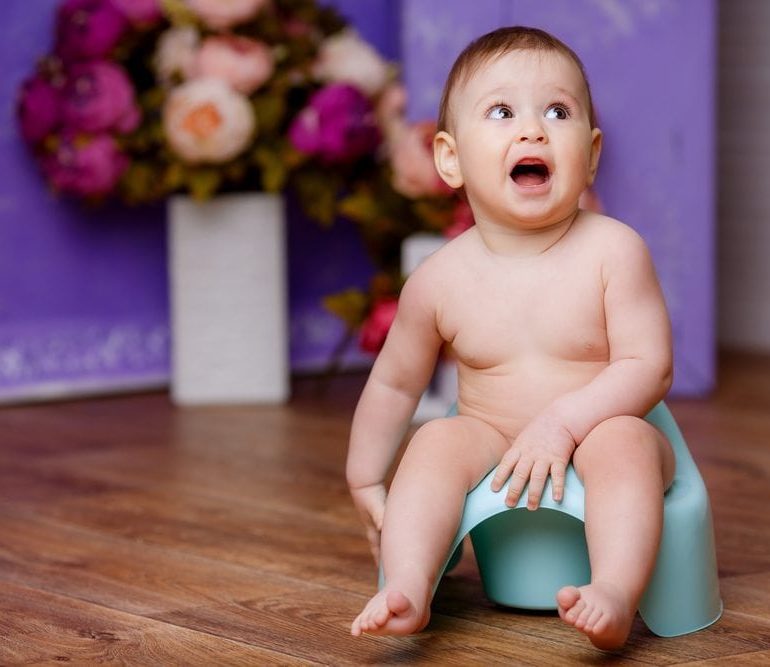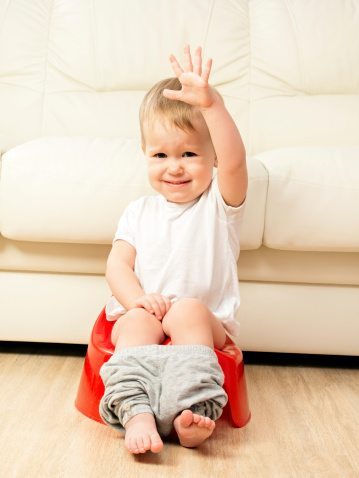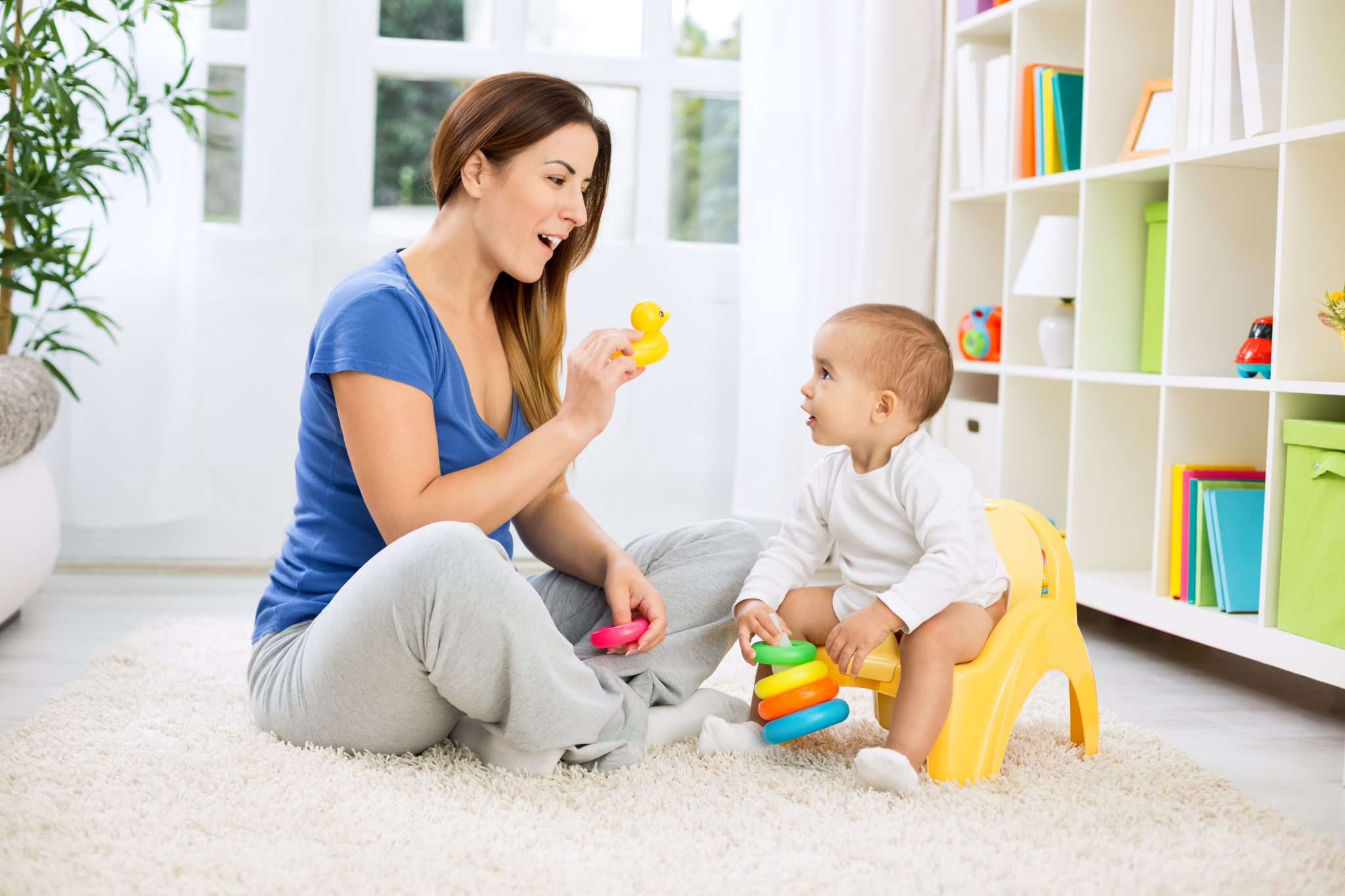Potty Training Your Little One
In the last few articles, you have learned all about preparing your child for a variety of developmental milestones. Now, we will take a look at another essential, albeit a bit icky, developmental process: potty training. Here, you will learn all the nitty gritty of teaching your little one how to relieve his bowels alone.
When do you begin to potty train?
An essential question that many first-time parents would be asking about this topic is when do you actually start the training. Here, many people will commonly advise you to start when he is already two and two-and-a-half years old. In reality, though, there is actually no exact time, you start the training session when the little one is ready for it.
So, how do you know when your child is ready to potty train? Here are some signs to watch out for.
- He knows when he has wet himself or already has a dirty diaper
- He knows he is passing urine and tell you
- He knows when he is about to pee and tell you
- He starts fidgeting and goes somewhere quiet
- His wetting occurs at least an hour apart
What about infant potty training?
As the name implies, this involves introducing your baby to the toilet at an early age, usually around 4 months. Note that the idea here is not to get the child to learn to use the toilet much earlier, but rather to simply lessen the use of diapers. However, by the time your young one reaches 18 months, he will be more willing to be potty trained.
While there is no real scientific data behind the practice, advocates of infant toilet training say that it lets you get a lot closer with your baby, since you will be constantly watching over him. Also, since your little one gets to relieve himself immediately instead of having to sit through a soiled nappy, it would be a lot more comfortable for him, they claim. Lastly, it can help promote early independence.
However, there are also some concerns when it comes to early potty training. For one, it will require a lot more time and dedication from you, which might be difficult if you are busy. And as you will be doing this months before he is actually ready, your young one will have a difficult time adapting.
Readying them for training
Before you can even begin to teach him the proper way of using the toilet, you have to first get him mentally prepared for it. Remember that this will be an entirely new experience for him, so he will understandably be hesitant in trying it.
You can begin by explaining to him what is going on during nappy changes. Point out the difference between wee and poo. It would also be helpful if you do his nappy changes in the bathroom, where you can teach him what the various things in there do.
Letting him see how the potty is used before actually doing it himself is also helpful. If you have an older child, he can help in demonstrating the use of the potty. From there, you can let him sit on it to see if he is comfortable.
 Doing the potty training
Doing the potty training
During the training, keep the potty in the bathroom so that he can easily head there when he needs to go. This will make his transition to the full sized toilet later a lot easier. If the potty is located upstairs, you can have another one downstairs for easy access.
Also, take note of the times that your toddler poos or wees. If it occurs in almost the same time every day, then you get rid of the nappy altogether and just remind him when it is time to go to the bathroom. However, if he is still hesitant about it, you can leave the diapers on for a few more weeks before trying again.
Another strategy to get your toddler trained to use the potty is by letting him sit there after every meal. The idea here is that digestion triggers the urge to poo, hence you want him to be familiar with the sensation. As it can take several minutes for him to actually go, you can bring in a book for him to read or toys to play with to keep him still.
As a final reminder, ensure that you don’t make a fuss in case your child makers a mistake here, as this can discourage him from going. Instead, give him some encouragement. On the other hand, you also have to control yourself when praising him. Also, help him keep track of his progress through a simple sticker chart, which will also serve as his “reward”.




 Doing the potty training
Doing the potty training